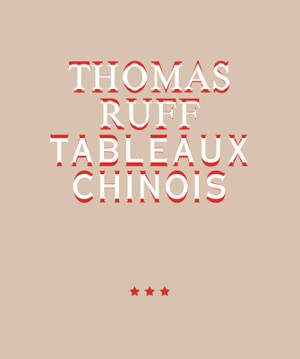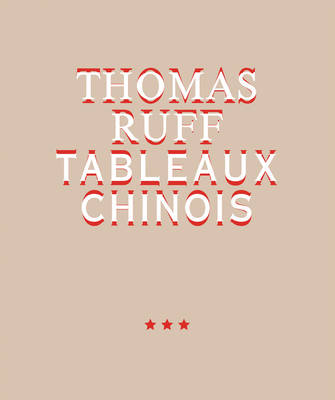
- Retrait gratuit dans votre magasin Club
- 7.000.000 titres dans notre catalogue
- Payer en toute sécurité
- Toujours un magasin près de chez vous
- Retrait gratuit dans votre magasin Club
- 7.000.000 titres dans notre catalogue
- Payer en toute sécurité
- Toujours un magasin près de chez vous
Description
An ingenious photographic analysis of Chinese propaganda across two photo technologies
In the early 2000s, Thomas Ruff (born 1958) chanced across a coffee-table propaganda book on Mao Zedong and became interested in the visual rhetoric of Chinese Communism, eventually purchasing copies of La Chine--the French iteration of a periodical that the Chinese Communist Party produced from the late 1950s through the 1970s as a means of demonstrating the advantages of Communism to European countries.
Ruff scanned images from La Chine depicting cheerful soldiers, scenic views, ceremonial occasions and Mao himself, enlarging them to reveal the offset halftone dots, then duplicating the image and converting it into pixels; that image was then layered over the original scan, from which Ruff removed various areas. The final image therefore contains both analog halftone and digital pixel. As Susanne Holschbach observes, "Ruff has visually merged the technological process of preparing photographs for their mass distribution from the two photographic eras on one pictorial plane."
Spécifications
Parties prenantes
- Auteur(s) :
- Editeur:
Contenu
- Nombre de pages :
- 176
- Langue:
- Anglais
Caractéristiques
- EAN:
- 9783753301761
- Date de parution :
- 13-09-22
- Format:
- Livre relié
- Format numérique:
- Genaaid
- Dimensions :
- 315 mm x 373 mm
- Poids :
- 2222 g







